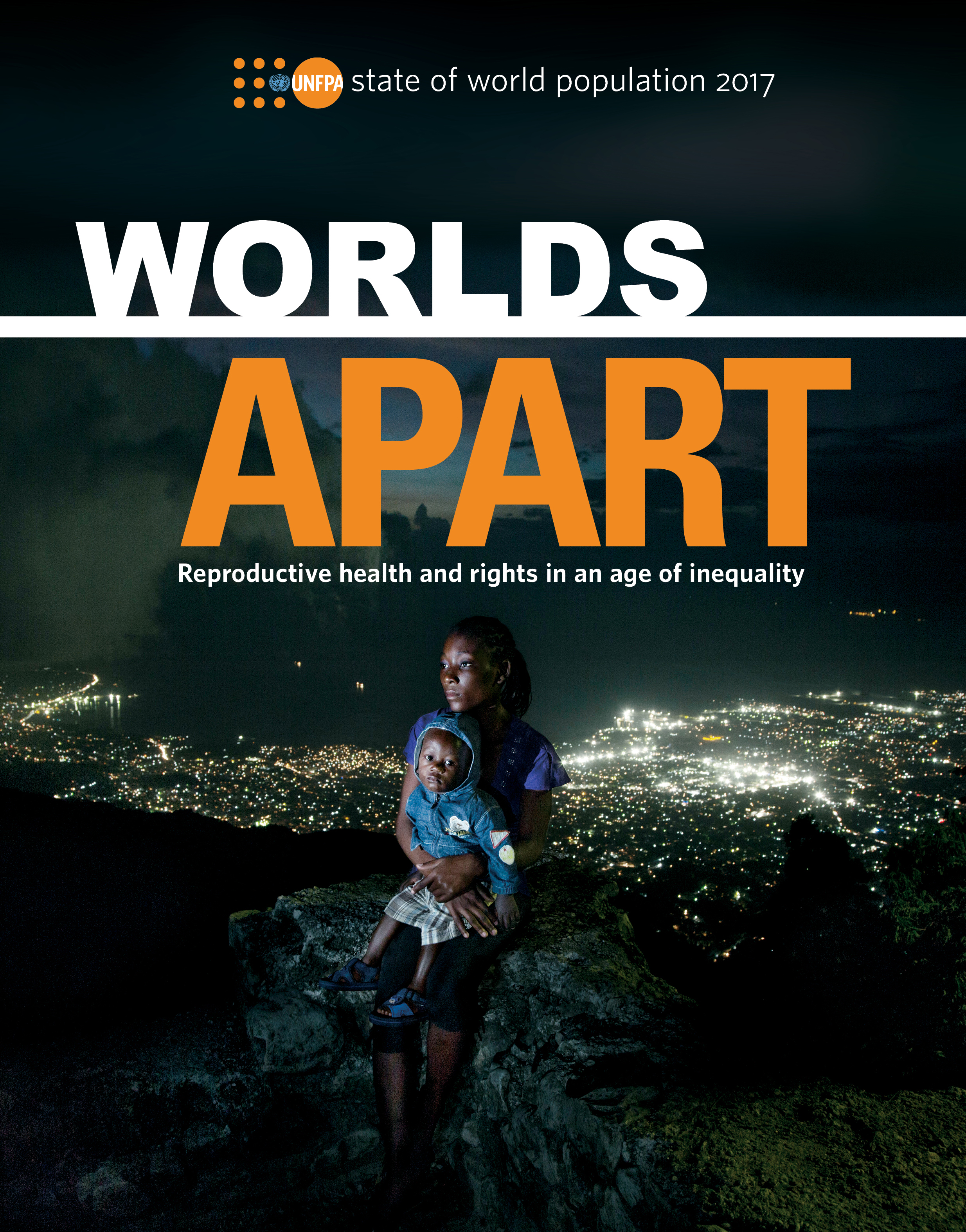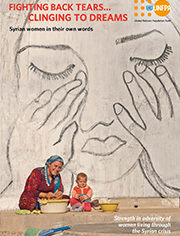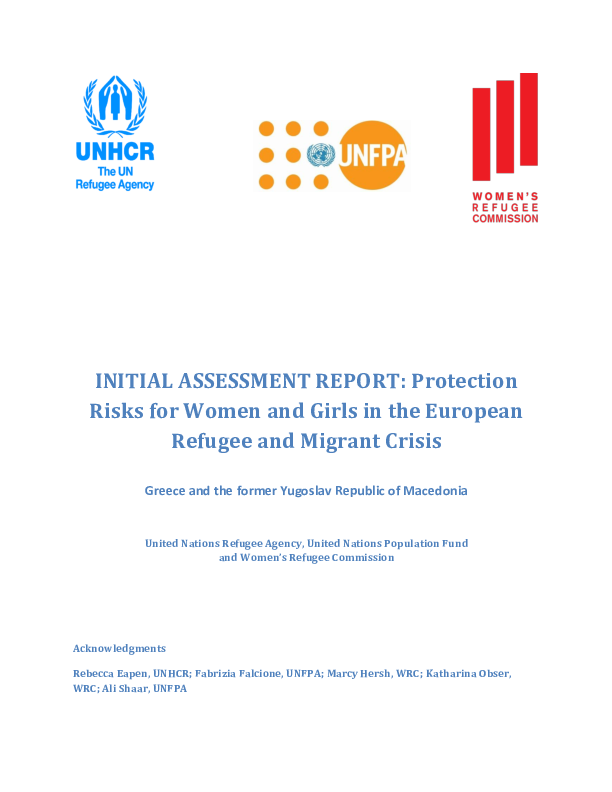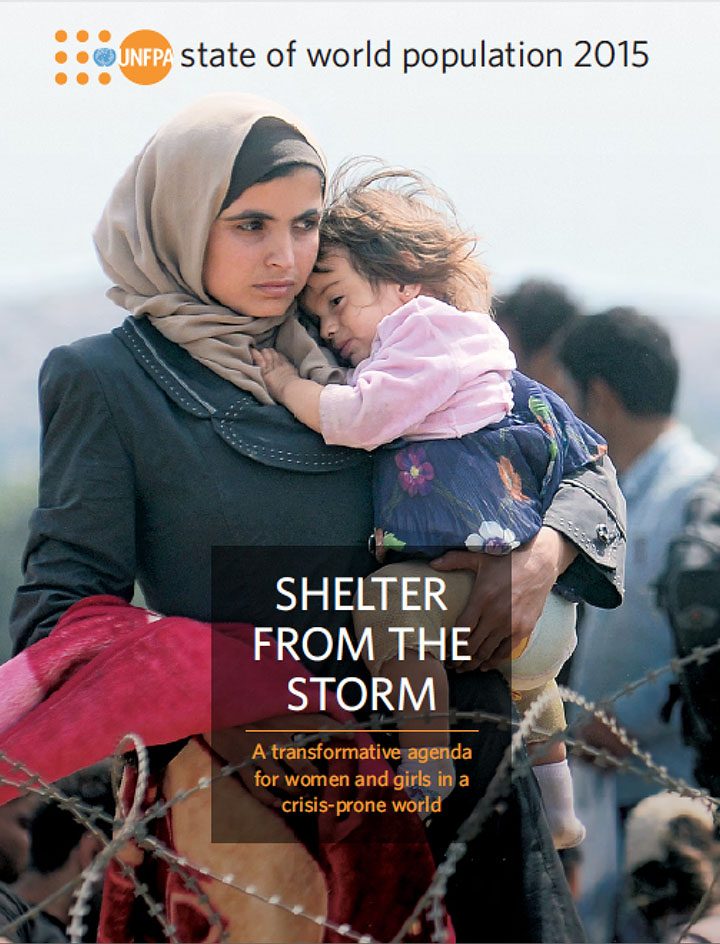You are here
New Releases
Fulfilling the Potential of Present and Future Generations
Five years after the regional ICPD Beyond 2014 review process and the adoption of the 2013 Chair’s summary, UNECE and UNFPA have collaborated to report on the achievements and challenges faced by member States in the implementation of the recommendations contained in that outcome document. This report highlights key population and development trends affecting the UNECE region since the adoption of the 2013 Chair’s summary, outlines replicable solutions to common issues, and puts forward action‐oriented recommendations to further advance the implementation of the International Conference on Population and Development (ICPD) Programme of Action in the region.
UNFPA Annual Report 2017: I have the power to change my world
Year on year, millions of women and adolescents in 155 countries and territories have been progressively able to exercise their sexual and reproductive health and rights. This is in no small measure as a result of UNFPA programmes and activities.
The UNFPA strategic plan for 2014-2017 set ambitious targets for increasing access to sexual and reproductive health services. These services have empowered millions of women to make their own decisions about whether, when or how often to become pregnant. They have enabled millions of teenagers to avoid unplanned pregnancy, and to make safe and healthy transitions to adulthood. And they have slowed the unnecessary and cruel tide of maternal death.
Engaging Men in Unpaid Care Work
Unpaid care work is often considered a secondary issue, but it’s one of the key drivers of women’s inequality. In Eastern Europe it is also an element in continuing low fertility as the prospect of having to shoulder most of the unpaid care forces women to choose between having children and having a career.
International Technical Guidance on Sexuality Education
The International technical guidance on sexuality education is a technical tool that presents the evidence base and rationale for delivering comprehensive sexuality education to young people in order to achieve the global Sustainable Development Goals. The guidance identifies the characteristics of effective comprehensive sexuality education programmes, recommends essential topics and learning objectives that should be covered in curricula for all learners, and outlines approaches for planning, delivering and monitoring comprehensive sexuality education programmes.

State of World Population 2017
What do economic inequality and family planning have in common?
The surprising link between the two is explored in the State of World Population 2017, the flagship report of UNFPA, the United Nations Population Fund

Annual Report 2016: Millions of lives transformed
Now more than ever, we must ensure that the marginalized, the forgotten—the ones often left behind—can exercise their fundamental human right to decide, free of coercion, discrimination and violence, when or how often to have children.
UNFPA, the United Nations Population Fund, is proud to have enabled millions of women of childbearing age to exercise that right and to have helped to nearly double modern contraceptive use worldwide from 36 per cent in 1970 to 64 per cent in 2016.
This annual report shows how funds entrusted to UNFPA have enabled us to protect and promote the health and rights of millions of women and young people and enable them to realize their full potential.

Fighting Back Tears ... Clinging to Dreams
A portrait of women's lives in Syria and neighbouring countries.

Protection Risks for Women and Girls in the European Refugee and Migrant Crisis
For the first time since World War II, Europe is experiencing a massive movement of refugees and migrants, women, girls, men and boys of all ages, fleeing armed conflicts, mass killings, persecution and pervasive sexual and gender-based violence (SGBV). Many seek refuge in Europe from the ongoing armed conflicts that have torn apart their societies, and are entitled to protection under the 1951 Refugee Convention, its subsequent Protocol, and other international instruments.From January to November 2015, Europe witnessed 950,469 refugee and migrant arrivals through the Mediterranean, with Greece receiving the vast majority of arrivals (797,372). Those arriving by sea are fleeing the Syrian Arab Republic (49%), Afghanistan (20%), Iraq (8%), Eritrea (4%), Nigeria (2%), Pakistan (2%), Somalia (2%), Sudan (1%), Gambia (1%) and Mali (1%). The majority travel to Turkey, from where they undertake a treacherous journey by sea to Greece and then make their way through the former Yugoslav Republic of Macedonia, Serbia, Croatia, Slovenia and Austria in an attempt to reach their destination countries, including Germany and Sweden. Each day brings new arrivals, and accurate data remains a challenge.Refugees and migrants are travelling en masse, striving urgently to reach their destination from fear of border closures, potentially increased restrictions in asylum policies and the onset of winter.

State of World Population 2015
Shelter From the Storm: A transformative agenda for women and girls in a crisis-prone world
UNFPA CO in Skopje, FYROM fact-sheet
UNFPA CO in Skopje, FYROM fact-sheet